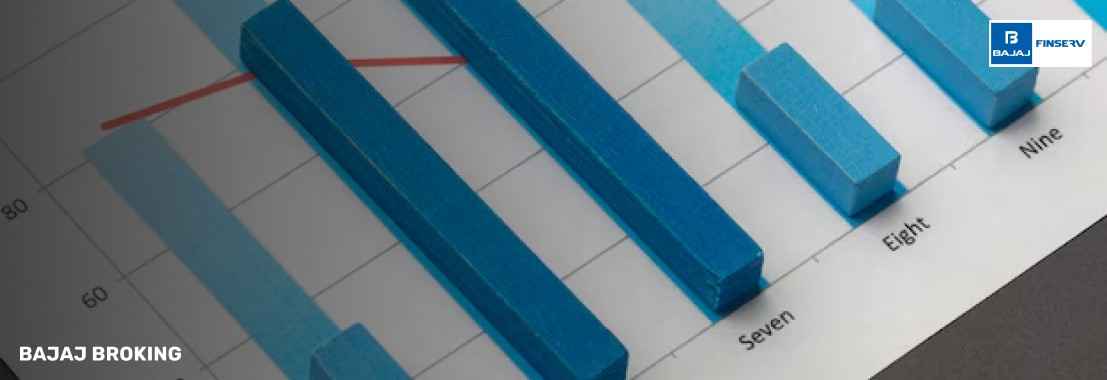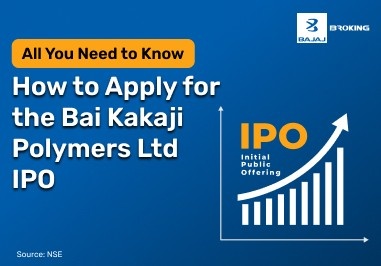To master trading strategies, understanding technical analysis is essential. Books on this subject provide invaluable insights into chart patterns, indicators, and market behavior, making them indispensable resources for traders of all levels. Below are what are considered the popular 7 books to learn technical analysis, catering to both beginners and seasoned professionals:
These technical analysis books for beginners and experts alike serve as excellent tools to help you learn technical analysis effectively.
Technical Analysis of the Financial Markets by John J. Murphy
"Technical Analysis of the Financial Markets" by John J. Murphy is a seminal work in the field of technical analysis, widely regarded as a comprehensive guide for traders seeking to master this skill. With over four decades of experience, Murphy is a renowned technical analyst and market commentator, and this book is considered his masterpiece. It covers a broad range of topics, from the basics of charting and trends to advanced strategies involving market indicators and intermarket analysis.
Murphy's writing is direct and straightforward, breaking down complex ideas into accessible information for new traders as well as experienced ones. The book has several charts and graphs that serve to emphasize main points, further aiding comprehension and implementation in practical trading situations. It also teaches that market prices represent market psychology in the aggregate, and hence the reader is able to pick out trends and patterns more clearly.
Considered among the popular 7 books to learn technical analysis, this book provides a solid foundation for anyone looking to learn technical analysis. While some readers note that the book may be lengthy and that some examples are dated, it remains a valuable resource for understanding classical charting styles and applying technical analysis in trading. Murphy's work is often praised for its ability to balance theory with practical application, making it an essential read for those interested in mastering technical analysis.
Japanese Candlestick Charting Techniques by Steve Nison
"Japanese Candlestick Charting Techniques" by Steve Nison is a groundbreaking book that introduces readers to the art of candlestick charting, an essential tool for traders seeking to analyze market trends and price movements. Recognized as the "father of candlestick charting," Nison provides a detailed exploration of this ancient Japanese methodology, blending historical context with practical applications. The book is structured to cater to both beginners and experienced traders, making it a cornerstone resource for those aiming to learn technical analysis.
The book begins with an overview of candlestick charts, explaining their components—open, high, low, and close prices—and how they visually represent market sentiment. Nison meticulously breaks down key patterns such as the hammer, shooting star, and engulfing formations, offering clear explanations supported by visual examples. The second half of the book integrates candlestick techniques with Western technical analysis tools, enhancing their effectiveness in modern trading strategies.
Referenced commonly among the popular 7 books to learn technical analysis, this guide emphasizes practical application, providing actionable insights and real-world examples that help traders identify trends and reversals. While some readers may find certain patterns complex or repetitive, the book’s comprehensive coverage ensures it remains an invaluable reference for mastering candlestick charting techniques.
Encyclopedia of Chart Patterns by Thomas N. Bulkowski
"Encyclopedia of Chart Patterns" by Thomas N. Bulkowski is a comprehensive and authoritative guide to chart patterns, widely regarded as a foundational text in the field of technical analysis. This book gives a detailed exploration of chart patterns that are essential for traders seeking to improve their skills in market analysis.
Bulkowski's work categorizes chart patterns into two primary types: reversal patterns, which signal a change in trend, and continuation patterns, which indicate that the current trend will persist. The book covers a wide range of patterns, including head and shoulders, double tops and bottoms, triangles, and flags, providing statistical data to support their reliability and profitability.
The third edition of the book expands on previous versions, including revised statistics on 75 chart patterns, with 23 new additions. It offers insights into how often stop-loss orders are triggered within patterns, how pattern performance has evolved over decades, and strategies for profiting from "busted" patterns—those that fail to complete as expected.
Bulkowski emphasizes the importance of volume and time in confirming the validity of chart patterns, and he discusses event patterns triggered by specific events like earnings reports. The book is praised for its comprehensive approach, making it a valuable resource for both beginners and experienced traders looking to learn technical analysis effectively. However, some readers note that the book's extensive detail and reliance on historical data may not fully account for the dynamic nature of modern markets. Despite this, it remains a leading reference for chart pattern analysis.
Technical Analysis Explained by Martin J. Pring
"Technical Analysis Explained" by Martin J. Pring is a comprehensive guide to technical analysis, widely regarded as one of the foundational texts in the field. This book offers a detailed exploration of techniques for identifying trends and turning points in financial markets. Pring's work is divided into three main sections: trend-determining techniques, market structure, and other aspects of market analysis.
The book offers an in-depth exploration of trend analysis, discussing concepts such as business cycles, support and resistance levels, trendlines, price patterns, and a range of technical indicators including moving averages and momentum tools. It also features proprietary indicators developed by Pring, such as the KST (Know Sure Thing) and the Special K, which integrates KST signals across multiple timeframes—short, intermediate, and long term. Additionally, the book explores market structure by examining price, time, and volume to identify secular trends and cycles, including sector rotation and seasonal patterns.
For those seeking to learn technical analysis, this book provides a thorough introduction to the subject, making it an excellent starting point for both beginners and experienced traders. However, its extensive content—over 700 pages—can be overwhelming, requiring readers to approach it methodically, taking notes and practicing the concepts learned. Despite its complexity, "Technical Analysis Explained" remains a must-read for anyone serious about mastering technical analysis, offering insights into market sentiment, contrary opinion, and automated trading systems.
Getting Started in Technical Analysis by Jack Schwager
"Getting Started in Technical Analysis" by Jack D. Schwager is a highly acclaimed guide for beginners seeking to learn technical analysis. It provides a comprehensive introduction to the principles and tools of technical analysis, making it accessible to new traders. Schwager, a renowned expert in the field, demystifies technical analysis by explaining its core concepts, including trends, chart patterns, and technical indicators.
The book covers various types of charts, such as bar, candlestick, and point-and-figure charts, and delves into chart patterns like head and shoulders, double tops and bottoms, and triangles. It also explores technical indicators like moving averages, Relative Strength Index (RSI), and MACD, offering insights into how these tools can aid in assessing market conditions. Additionally, Schwager emphasizes the importance of developing a trading plan that includes risk management strategies, entry and exit points, and position sizing.
Schwager's approach is practical and straightforward, providing numerous examples and real-world case studies to illustrate how technical analysis principles can be applied effectively. The book also discusses trading systems, including trend-following and counter-trend strategies, and offers guidance on using charting software. For those looking to learn technical analysis, this book serves as an excellent starting point, offering a solid foundation in the subject and helping readers make more informed investment decisions.














